10 best software development tools in 2023 – Plaky
Software development is ever-changing and ever-growing as an industry. Therefore, it’s only logical to assume that the tools have also changed — and will continue to improve — throughout the years.
Though better versions of the same tools or new ones come out every year, certain players keep winning the game in our books.
In this blog post, we will talk about the 10 software development tools that have stood out for us and might become your new favorites.

Mục lục bài viết
What are software development tools for?
If we were to say that software is the finished dish, software development tools would be the pots, pans, and utensils. The software development plan you’ve crafted is the recipe, of course.
Whether you’re looking to create the next best team management app or want to develop a game — you’ll need to use some top-of-the-line tools for software development.
In order to build software, you have to take part in a range of project activities, both simple and complex. All those activities occur within different phases of the software development life cycle (SDLC).
Each software project will call for different software development tools. Some of the most common types used today include, but aren’t limited to:
- Code and text editors,
- Integrated Development Environment (IDE),
- Debuggers,
- Source control tools,
- Project and task management tools,
- Design tools,
- Code repositories, and
- Continuous integration tools.
You’d think that quality software development tools would cost a pretty penny, but this isn’t always the case. There’s a good range of both free and paid-for tools today, so every developer can find exactly what they need to build their software.
Top 10 software development tools in 2023
Now that we’ve seen what software development tools are for, let’s take a look at some of the stand-out tools to try in 2023.
#1 GitHub — best for version control and collaboration
 GitHub (source: GitHub)
GitHub (source: GitHub)
One of the most popular Git repositories today is GitHub, a platform that enables high-level developer collaboration.
At its core, GitHub allows for storage, management, tracking, and control of code. It is one of the best options for version control, a practice that enables developers to track and manage code modifications.
Collaboration is also a big deal with GitHub. The platform lets distributed teams work on their projects more efficiently by keeping all the documentation and code within one platform. Better yet, it allows for collaborative coding.
Pros of using GitHub for software development
- Access to a developer “social network” — Apart from collaborating on your code, you can also connect with other developers and discuss and share ideas in the GitHub Discussions forum.
- Build your portfolio with an unlimited number of project sites — With GitHub Pages, you can host project, user, or organization sites directly from your GitHub repository. Though you get to host just one website per your account and organization, GitHub allows its users to generate or build an unlimited number of project websites.
Cons of using GitHub for software development
- The paid plans are expensive — No matter if you go for the Team or the Enterprise plan, GitHub is a major investment that’s worth it only if you’re going to use most (if not all) of its features.
Available for: web, Windows, MacOS, Linux (on-premise only), Android, iOS
Type of planGitHub free plan & pricingFree trialYesFree planYesPaid plansTeam — starting at $44 per user per year
Enterprise — starting at $231 per user per year
#2 Plaky — best for project and task management
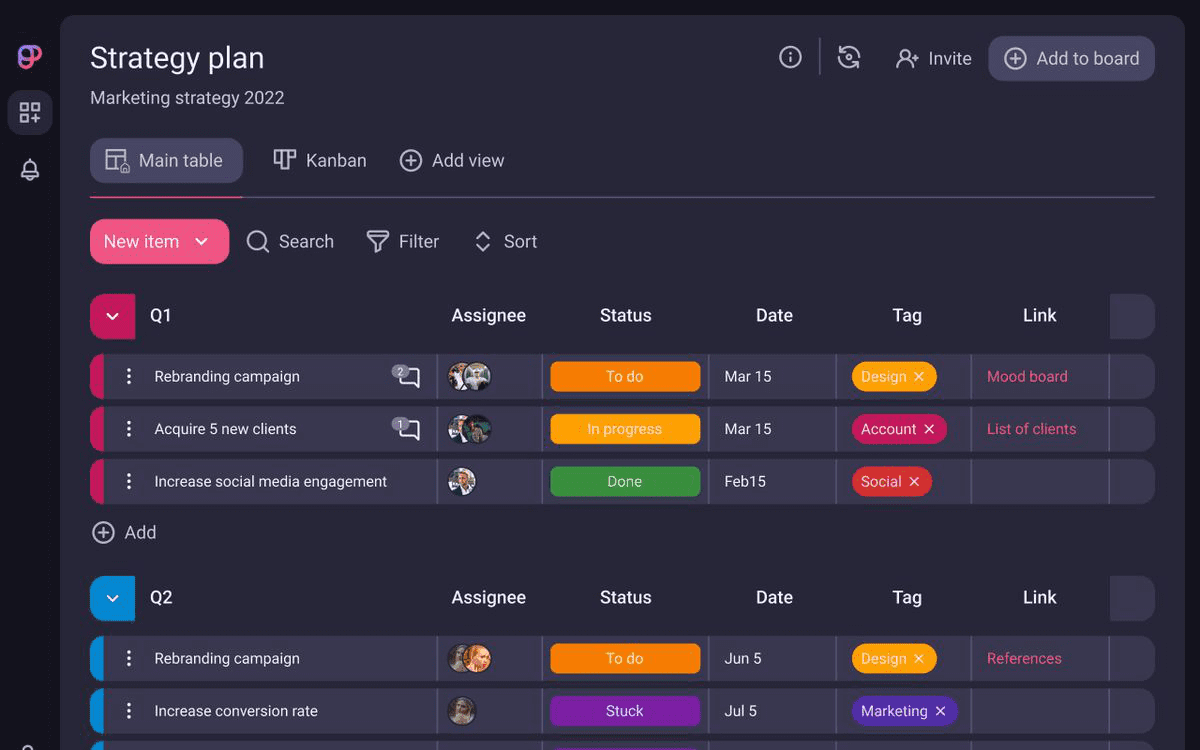 Plaky (source: Plaky)
Plaky (source: Plaky)
If you’re on the hunt for free project management tools for software development, Plaky may be the ideal choice.
Its main focus is on task management and collaboration, so teams can effortlessly use it. Better yet, Plaky offers some great progress-tracking features, which will ensure you stay on top of your game throughout the SDLC.
Another advantage is that there’s hardly a learning curve to Plaky. It’s user-friendly and intuitive, so even a total beginner will get the gist of it fast.
Pros of using Plaky for software development
- Build a strong project roadmap and organize successful product launches — Need to build a project roadmap and plan a product launch? Apart from being free to use, Plaky also saves you time (and helps you avoid making mistakes) with its customizable templates.
- Track and resolve bugs efficiently — Use Plaky’s bug tracking template to track not just bugs but also your project’s progress. Among other things, the template will ensure you resolve issues fast by knowing exactly which ones are a priority at all times.
Cons of using Plaky for software development
- Limited board views and integrations — For now, Plaky offers only two board views — Table and Kanban. As for integrations, you can integrate it with Clockify to time-track your tasks while building your software.
Available for: web, Android, iOS
Type of planPlaky free plan & pricingFree trialN/AFree planYesPaid plansN/A
#3 Visual Studio — best for IDE lovers
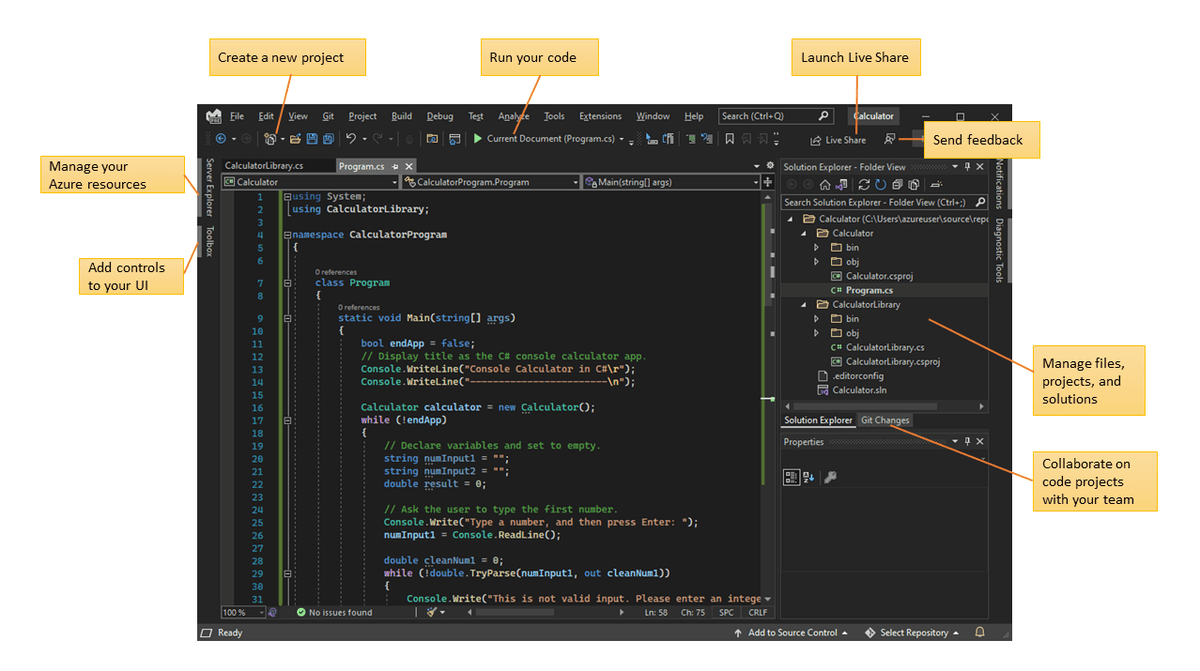 Microsoft Visual Studio (source: Microsoft Visual Studio)
Microsoft Visual Studio (source: Microsoft Visual Studio)
Microsoft’s Visual Studio is an IDE (integrated development environment) that has been around since 1997.
Since an IDE is a type of software application that consists of various developer tools, Visual Studio also comes with an array of features that allow developers to develop quality software fast and accurately.
Some of the major advantages of Visual Studio include integrated debugging, integrated Git features, and a range of testing tools that’ll ensure your code is nothing short of perfect. Among other things, developers can also utilize built-in profiling tools to analyze and improve software performance.
Pros of using Visual Studio for software development
- AI-assisted development — Both Intellisense and Intellicode can help you develop software faster and with more confidence. Intellisense is a code completion aid, whereas Intellicode is a refined version of Intellisense that uses AI to identify code context to provide the best whole-line autocompletions.
- Real-time collaboration — Visual Studio allows developers to collaborate with others via Visual Studio Live Share. A key advantage of this feature is that it can be used no matter the type of software you’re building or the programming language you’re using.
Cons of using Visual Studio for software development
- Not suitable for beginners — Despite the many great features it comes with, Visual Studio may be a bit overwhelming to learn to use for a total beginner.
Available for: web, Windows, MacOS, Android, iPhone
Type of planVisual Studio free plan & pricingFree trialYesFree planYesPaid plansProfessional cloud subscription — $45 per user per month
Enterprise cloud subscription — $250 per user per month
Professional standard subscription — $1,199 per user per year (first year only; renewal is $799)
Enterprise standard subscription — $5,999 per user per year (first year only; renewal is $2,569)
#4 Bootstrap — best for efficient frontend web development
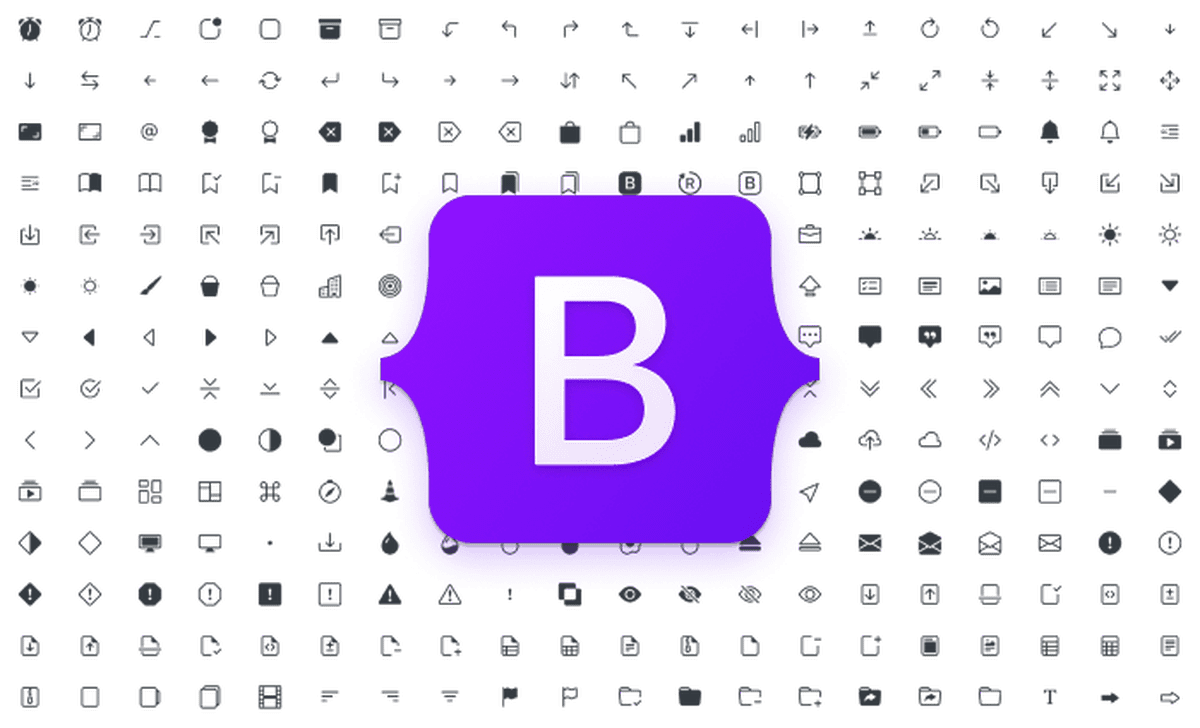 Bootstrap (source: Bootstrap)
Bootstrap (source: Bootstrap)
Bootstrap is well known in the software development world as one of the most efficient CSS frameworks. It was developed by Jacob Thornton and Mark Otto of the Twitter fame and is a feature-packed toolkit for frontend web development.
There are many things to love about Bootstrap, including its flexible, user-friendly grid system, its extensive icons library, and its high compatibility with the latest desktop and mobile browsers.
Still, the most impressive part about this toolkit is that it’s entirely free — all of it, all of the time.
Pros of using Bootstrap for software development
- Ready-made templates and themes — Bootstrap is handy when you’re in a rush due to the ready-made themes and templates you can use for your projects. You can modify them, too, to ensure your websites and apps are unique.
- Comprehensive documentation — Bootstrap has a dedicated Docs page where it explains everything you need to know about using the toolkit. Think of it as a neatly organized crash course for using the framework.
Cons of using Bootstrap for software development
- All websites may look the same without customization — Bootstrap is perfect for building responsive websites fast. However, if you never customize the template, your websites may end up looking more or less the same.
Available for: Windows, MacOS, Android, iOS
Type of planBootstrap free plan & pricingFree trialN/AFree planYes Paid plansN/A
#5 Azure — best for extensive cloud computing
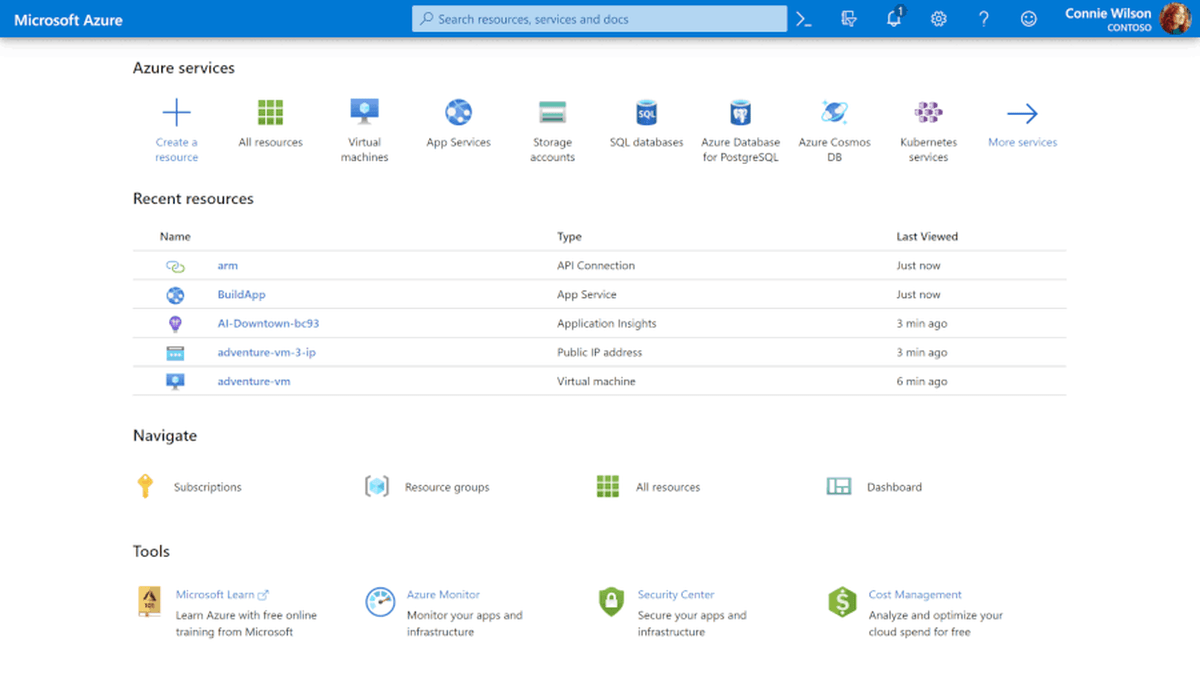 Microsoft Azure (source: Microsoft Azure)
Microsoft Azure (source: Microsoft Azure)
Microsoft’s Azure is a cloud computing platform that offers an ever-expanding collection of services in various domains of software development and management.
Its solutions include Infrastructure as a Service (IaaS), Platform as a Service (PaaS), and Software as a Service (SaaS). Some of Azure’s most popular services include, but aren’t limited to:
- Azure DevOps — includes a diverse set of dev services for efficient collaboration between software developers, contributors, and project managers.
- App Service — a fully managed service for creating web and mobile apps.
- Virtual Machines — a scalable computing service that lets you create Linux and Windows VMs.
Pros of using Azure for software development
- The sheer number of available services — Azure is one of the most comprehensible cloud computing platforms. Currently, it has 21 different product categories and offers over 200 services.
- Pay-as-you-go pricing — With Azure’s pricing model, you can pay only for the services you actually use and even get to use some services for free on a monthly basis.
Cons of using Azure for software development
- The complicated pricing model — Though pay-as-you-go pricing has its advantages, it makes it difficult to estimate how much you will have to spend on the Azure services you need for your projects.
Available for: web, Windows, Linux, Android, iOS
Type of planMicrosoft Azure free plan & pricingFree trialYesFree planSelect services are always freePaid plansPay-as-you-go pricing
#6 Pumble — best for team communication
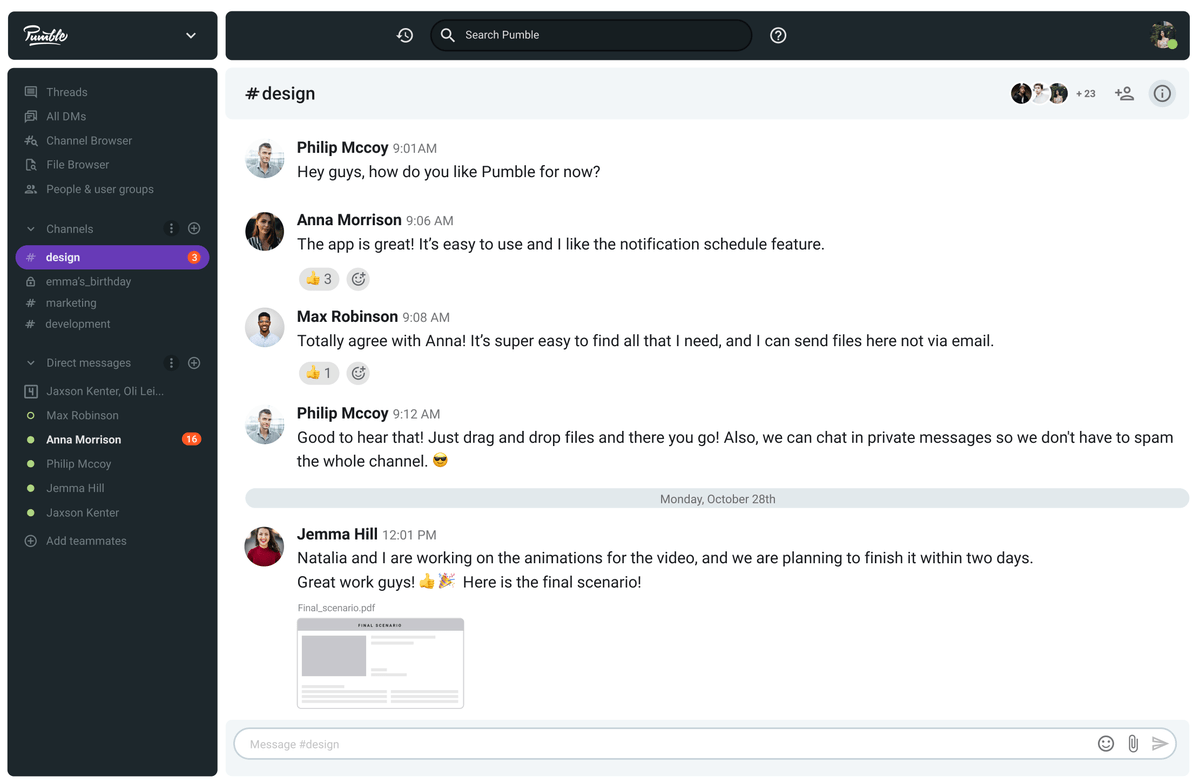 Pumble (source: Pumble)
Pumble (source: Pumble)
For those in search of collaborative software development tools, Pumble is one of the most affordable options. This team chat app allows for superb team communication throughout the software development process, and there’s even a free version to try out.
With unlimited users and message history, there’s no chance of missing out on important updates while communicating with your team on Pumble. Better yet, consolidating all communication within just one app can help you:
- Save time on sending multiple messages to multiple people,
- Boost your and your team’s productivity, and
- Ensure faster real-time collaboration.
Pros of using Pumble for software development
- Collaborate efficiently wherever you are — Make a channel for each software development phase to keep communication separate and use DMs to check in with your team. Pumble lets you do all this from your computer or phone — check out the list of deployments below.
- Use smart notifications to stay in the loop about your projects — Manage your notifications by choosing when and where you want (or don’t want) to receive them. You can also pin and save, as well as set up reminders for important messages.
Cons of using Pumble for software development
- No integrations (yet) — Right now, Pumble doesn’t integrate with third-party apps, but this functionality is in the pipeline.
Available for: web, Windows, MacOS, Linux, Android, iOS
Type of planPumble free plan & pricingFree trialN/AFree planYesPaid plansPro — $1.99 per user per month
💡 Plaky Pro Tip
Have you ever wondered why communication matters so much in project management? Read all about this topic (and get some tips on how to improve it) in this blog post:
- Why is communication important in project management?
#7 Linx — best for backend software development
 Linx (source: Linx)
Linx (source: Linx)
Linx is a low-code developer and hosting platform that actually consists of 2 different applications.
The first one (and the free one) is Linx Designer, which is a drag-and-drop development software. The second, which is a paid-for app, is the Linx Server, which is a hosting platform.
Linx mainly serves its purpose in backend software development. Most notably, it’s an easy-to-use tool for building and developing APIs, integrations, and automations.
Pros of using Linx for software development
- Drag-and-drop interface and premade programming functions — Linx’s visual development environment includes a drag-and-drop interface that allows for speedy software building. The environment also comes with many premade programming functions, which reduce the need to write lines and lines of code.
- Quick deployment — When you’re done with your app, you can quickly deploy it to a Linx server with just a couple of clicks. You have two options to choose from here: an on-premise or a cloud server.
Cons of using Linx for software development
- Can get expensive — Though the Designer is free, hosting and managing your creations on the Linx Server doesn’t come cheap, especially if you require more premium features, like a custom domain or a custom API rate limit.
Available for: web, Windows, Linux (on-premise only)
Type of planLinx free plan & pricingFree trialYesFree planYes (Linx Designer only)Paid plansLinx server (on-premise or cloud)
– Starter — $49 per month
– Business 1 — $99 per month
– Business 2 — $199 per month
– High Availability — POA
– On-Premise — POA
Database server (hosted MySQL or Postgres server)
– Small — $19 per month
– Medium — $39 per month
– Large —$99 per month
– Enterprise — custom
#8 Clockify — best for time tracking and productivity
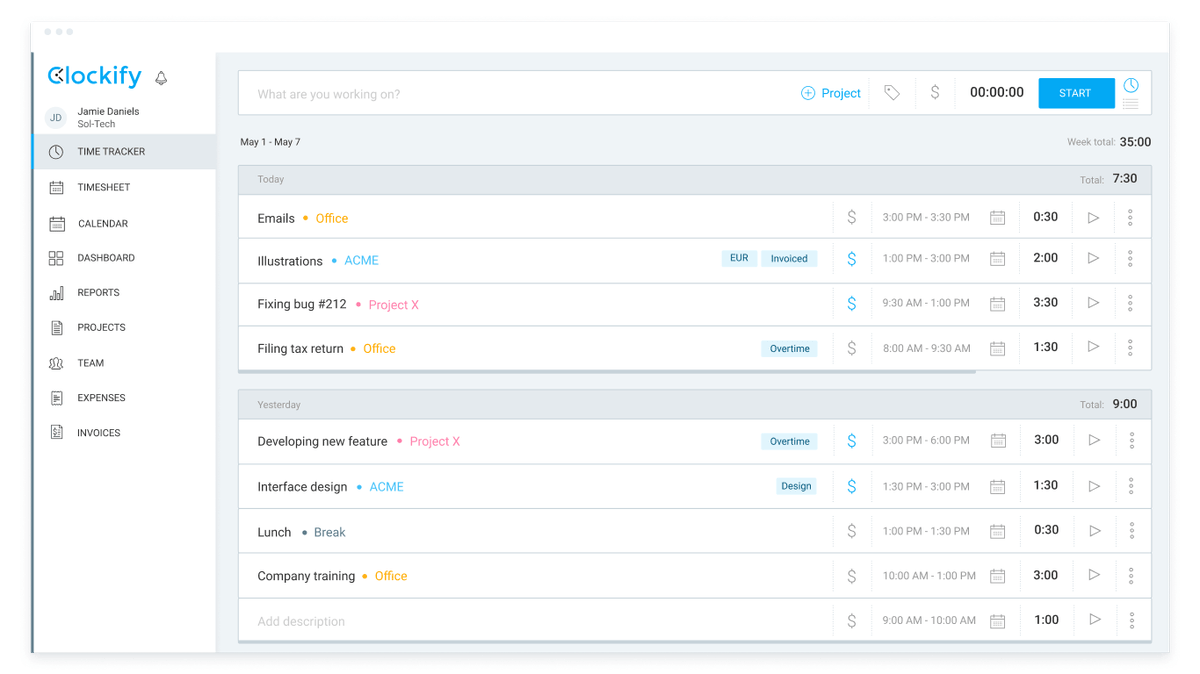 Clockify (source: Clockify)
Clockify (source: Clockify)
With software development tracking tools like Clockify, you can boost your productivity, especially when you’ve dissected the development phases into dozens of smaller tasks.
Apart from timekeeping, Clockify offers plenty of useful reporting and team management features. For example, you can see the summary of your team’s work in a chart and visually check how your project is getting along.
At the same time, you can plan how your team will spend time while building your software, divide them into smaller teams or according to different phases, and so much more.
Pros of using Clockify for software development
- Track time for every development phase and task — You can use the timer to track the time you spend working on your tasks. Alternatively, you can input the time manually, along with information about the task and the project it belongs to.
- 80+ integrations — Clockify integrates with some useful software development tools like GitHub, GitLab, and Azure DevOps. That way, you can track the time you spend working on your software directly in those tools.
Cons of using Clockify for software development
- The mobile app needs some work — Though the desktop and web Clockify apps work perfectly, the mobile app isn’t as robust.
Available for: web, Windows, MacOS, Linux, Android, iOS
Type of planClockify free plan & pricingFree trialYes (Pro plan)Free planYes Paid plansBasic — starting at $3.99 per user per month (billed annually)
Standard — starting at $5.49 per user per month (billed annually)
Pro — starting at $7.99 per user per month (billed annually)
Enterprise — starting at $11.99 per user per month (billed annually)
💡 Plaky Pro Tip
If you’re curious about project time management, its benefits, and everything it entails, make sure to check out this blog post:
- What is project time management?
#9 CircleCI — best for continuous integration and delivery
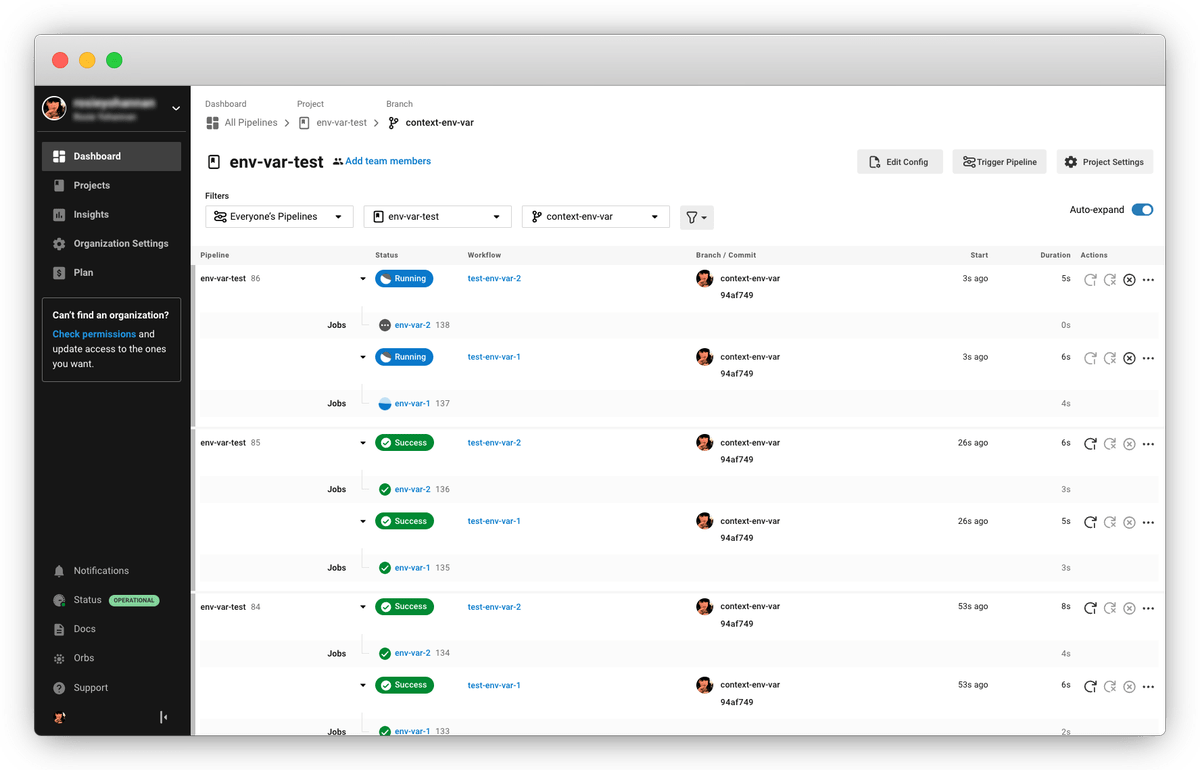 CircleCI (source: CircleCI)
CircleCI (source: CircleCI)
CircleCI is a CI/CD tool built by DevOps with the goal of improving the software development process and the developers’ productivity.
Its main purpose is to automate software building, testing, and deployment. By connecting to your version control system, you can use CircleCI to verify any code changes in real time.
Using an easy-to-navigate dashboard, CircleCI users can have full control over their project pipeline configuration. A notable feature found in the dashboard is the Insights tab, which lets them keep the health of their pipelines in check by using data found there to further optimize them.
Pros of using CircleCI for software development
- Expert assistance — CircleCI’s plans include specialized support plans that provide you with expert assistance and proactive support regarding your projects. The company can also provide in-depth training customized to your needs and one-on-one assistance when you’re just starting out with the tool.
- Lots of integrations — CircleCI allows for complete DevOps automation due to the sheer number of integrations it offers. These include some of the most popular software development tools, such as GitLab, GitHub, Jira, and Amazon Web Services.
Cons of using CircleCI for software development
- Latest security alert — CircleCI was rocked with a security breach at the start of 2023, which dampened its reputation slightly and discouraged its users.
Available for: web, Windows, MacOS, Linux, Android, iOS
Type of planCircleCI free plan & pricingFree trialYesFree planYesPaid plansPerformance — starting at $15 per month (5 active users included)
Scale — starting at $2,000 per month (custom number of users)
Server — custom, POA
#10 Quixy — best for no-code software development
 Quixy (source: Quixy)
Quixy (source: Quixy)
If you have a business in need of digital solutions, Quixy has got your back. This no-code, cloud-based platform makes it easy to build enterprise-grade apps even if you don’t have a coding background.
Quixy’s main advantage is that it’s easy to use, especially if you’re a beginner or you don’t have any programming experience.
Another benefit is that the platform can be used to automate processes and workflows for a range of departments, industries, and roles.
Pros of using Quixy for software development
- Drag-and-drop app building — Quixy lets you build apps fast by using a simple drag-and-drop app builder. You can build the app’s interface in mere minutes by just dragging and dropping the forms you want it to have.
- Pre-built solutions — In case you don’t have time to build an app from scratch, you can also browse Quixy’s App Store to find pre-built but fully customizable solutions.
Cons of using Quixy for software development
No free plan or unlimited storage — Quixy offers different (limited) storage options for each plan, and if you want more, you have to pay $0.1 per GB per month. There isn’t a free plan either, only a 14-day free trial.
Available for: web, Android, iOS
Type of planQuixy free plan & pricingFree trialYesFree planNoPaid plansPlatform — $20 per user per month (billed annually)
Solution — POA
Enterprise — POA
Conclusion: Give some of these software development tools a proper go
All of the tools we’ve mentioned have been tried and tested by many developers, and — given that they’ve appeared on our list — they inspired generally positive feedback.
Remember that your preferred software tools may not always match the most popular options. Above all, use the tools that work for you and your workflow to ensure your projects are successful.
That said, it certainly won’t hurt to try out some new tools and see how they impact your work. Hopefully, we’ve given you a few good recommendations that just might enhance your skills and even help you hone them further.
✉️ Are some of these tools your favorites, too, or do you believe there are other ones we should include in this list? Share your thoughts by contacting us at [email protected], and we might include your answers in this or future posts. If you liked this blog post and found it useful, share it with someone you think would also benefit from it.











